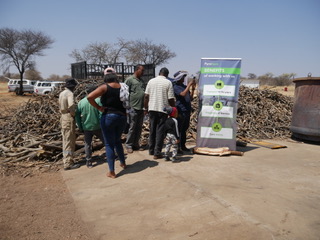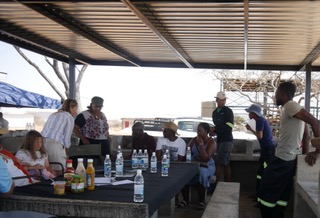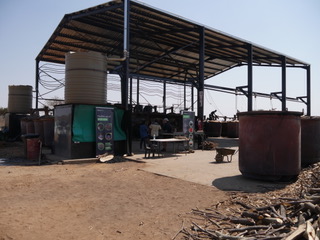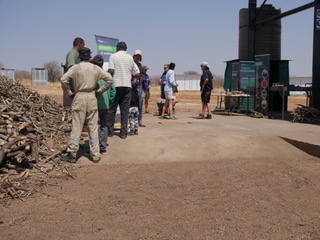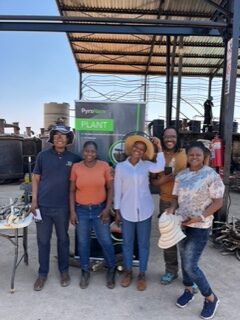PyroNam produces biochar to remove carbon dioxide (CO2), the most potent greenhouse gas, from the atmosphere. This reduces climate change.
By converting woody waste biomass into biochar, the carbon, originally synthesized into the wood through the plant’s photosynthesis by consuming CO2, becomes stabilized. Provided the biochar is not burned for cooking purposes or by veld fires, the carbon remains stabilized for up to a thousand years.
Therefore, biochar is currently considered the fastest-to-scale Carbon Dioxide Removal (CDR) technology. Carbon dioxide emitters, obligated to reduce emissions or compensate for the removal of emissions resulting from fossil fuel consumption, can purchase carbon credits. These credits allow them to gain the rights to produce emissions. PyroNam utilizes this mechanism to fund the removal of up to 2 000 tons of CO2 per biochar plant and year, via carbon certificate sales.
